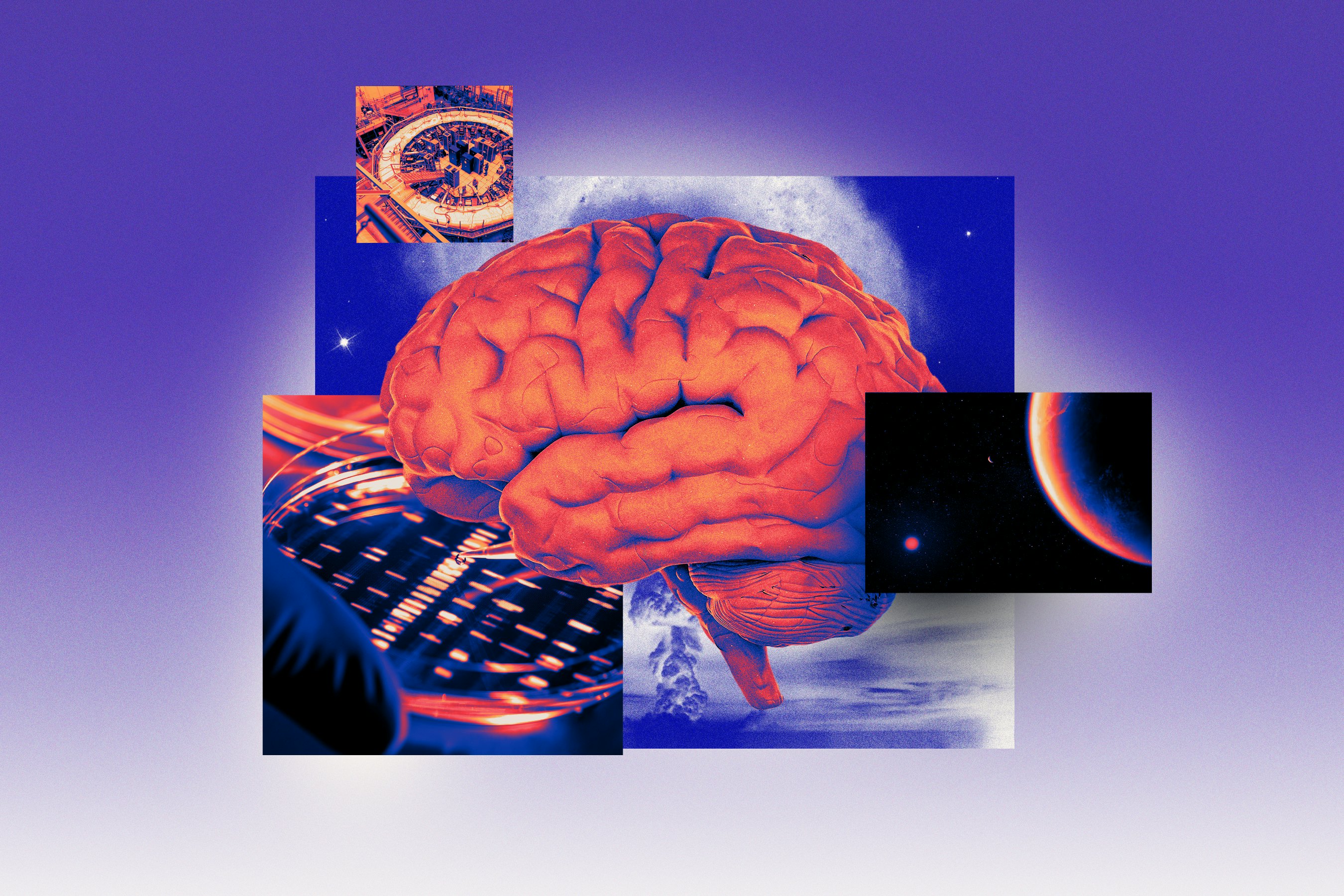
The year 2023 featured mind-blowing advancements in nearly every -ology imaginable. While ranking this progress is fraught with subjectivity, these breakthroughs are no-doubt-about-it advances that crucially improved our medical, technological, or astronomical understanding.
Of course, some of the year’s biggest science news ended up being “advancements” that didn’t quite pan out, especially the “room temperature superconductor” that never was. And while these 12 breakthroughs may not change lives immediately (unless some friendly aliens from exoplanet K2-18b drop by to say hello), the work of these scientists will nonetheless move research, medicine, and technology forward for a more enlightened 2024.
12. We Discovered A New Kind of Brain Cell
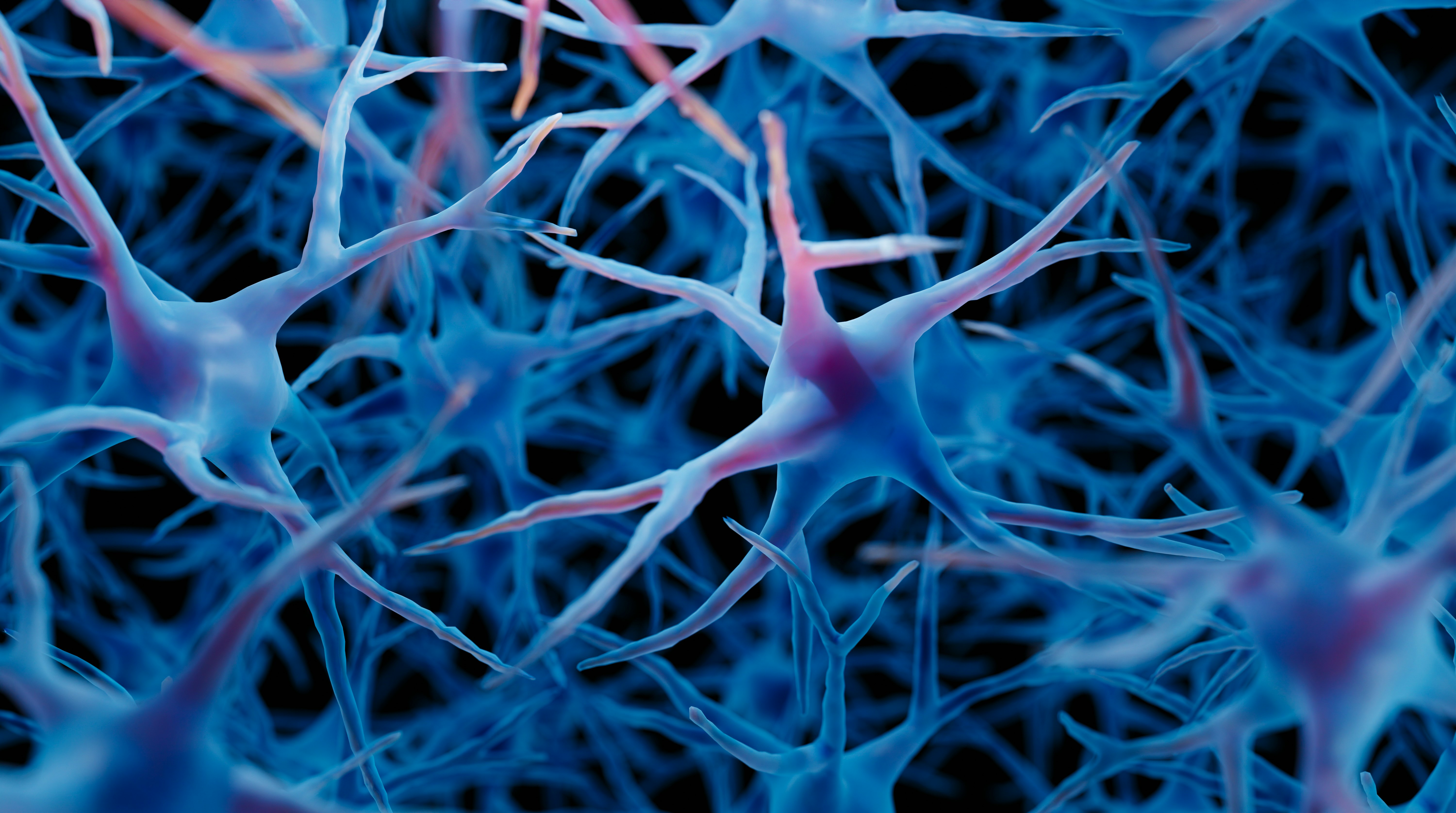
A study published this past September in the journal Nature describes a newly observed brain cell that seems to be a hybrid between a neuron and an astrocyte, a cell that helps support neurons in the brain and spinal cord. Examining mouse brains, the team at the University of Lausanne in Switzerland found these hybrid cells clustered in very specific brain regions. In contrast, astrocytes are typically found all over the brain.
These hybrids also produce a neurotransmitter, “glutamate,” which influences a neuron’s activity and consolidates memory. These astrocyte-esque hybrid cells not only protect neurons but also process information. They produce glutamate and other specialized proteins, which serve as the neurotransmitters that communicate with other cells. The new cells could be key for exploring how the brain protects itself from ailments, such as memory impairment in Alzheimer’s disease.
11. ChatGPT Exploded Into World Conversation

Officially released Nov. 30, 2022, by OpenAI, ChatGPT was the talk of the town in 2023. The tool has dominated headlines (both hopeful and Terminator-esque) and even wrote a few itself. One particular example is an editorial published in the journal Cellular and Molecular Bioengineering in early January 2023, written by ChatGPT with suggestion prompts from Michael King, a biomedical engineering professor at Vanderbilt University.
The resulting paper addressed concerns about artificial intelligence and plagiarism in higher education, using the article itself as “Exhibit A.” Although released in 2022, this large language model really came into its own in 2023 by becoming a go-to search engine, chat buddy, and adviser — delivering baffling sitcom rip-offs, nutrition advice, and endless oodles of content.
10. The James Webb Space Telescope Detected A Long Sought After Organic Molecule in Space for the First Time

In June this year, astronomers using the James Webb Space Telescope announced the detection of a signal for a long sought-after molecule called methyl cation (that’s “cat-ion”) from deep in the Orion Nebula. Methyl cation (CH3+) is an organic (i.e., carbon-containing) molecule that may be foundational to life as we know it.
The Nebula, 1,350 light years from Earth, holds a bevy of young star systems and their pancake-shaped protoplanetary disks made of gas, dust, asteroids, and other material that may eventually become a planet. One such system, d203-506, in a burgeoning area called the Orion Bar, emitted the CH3+ signal, which had never before been detected in space. Its mere presence can elicit the growth of more sophisticated organic molecules.
9. Scientists Created the First Synthetic Human Embryo From Stem Cells
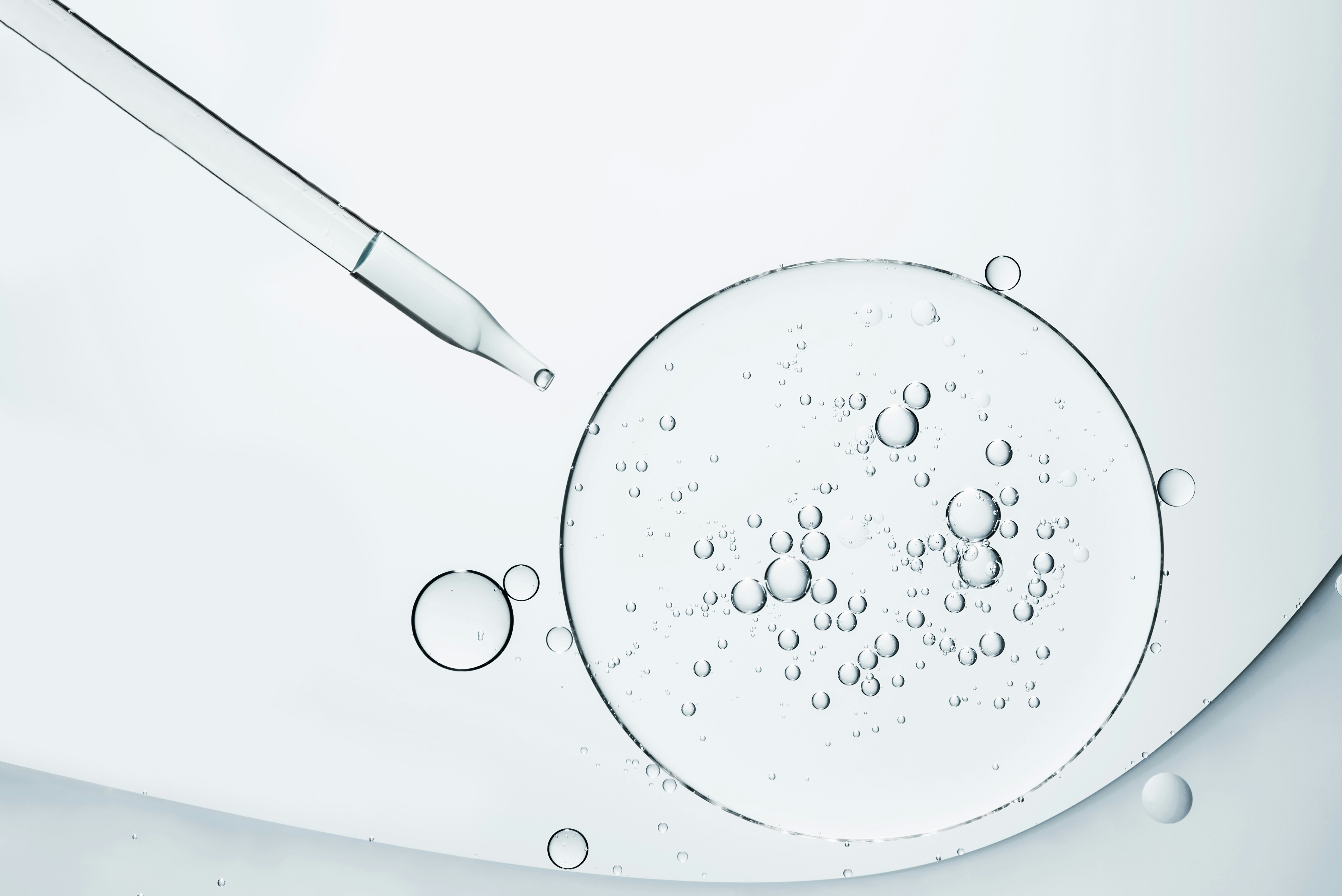
Circumventing the biological song and dance between egg and sperm, scientists have used human stem cells to make a model embryo at 14 days postfertilization. Two preprint papers published on the bioRxiv server in June describe work by teams at the University of Cambridge and the Weizmann Institute of Science in Rehovot, Israel.
Fourteen days after fertilization is generally the limit on how long you can culture human embryos, though embryo models don’t technically fall under that purview. These embryo models could theoretically grow to later stages of development and aid researchers in understanding developmental defects and miscarriages.
8. Healthy Mouse Pups Were Borne From Two Male Mice Parents
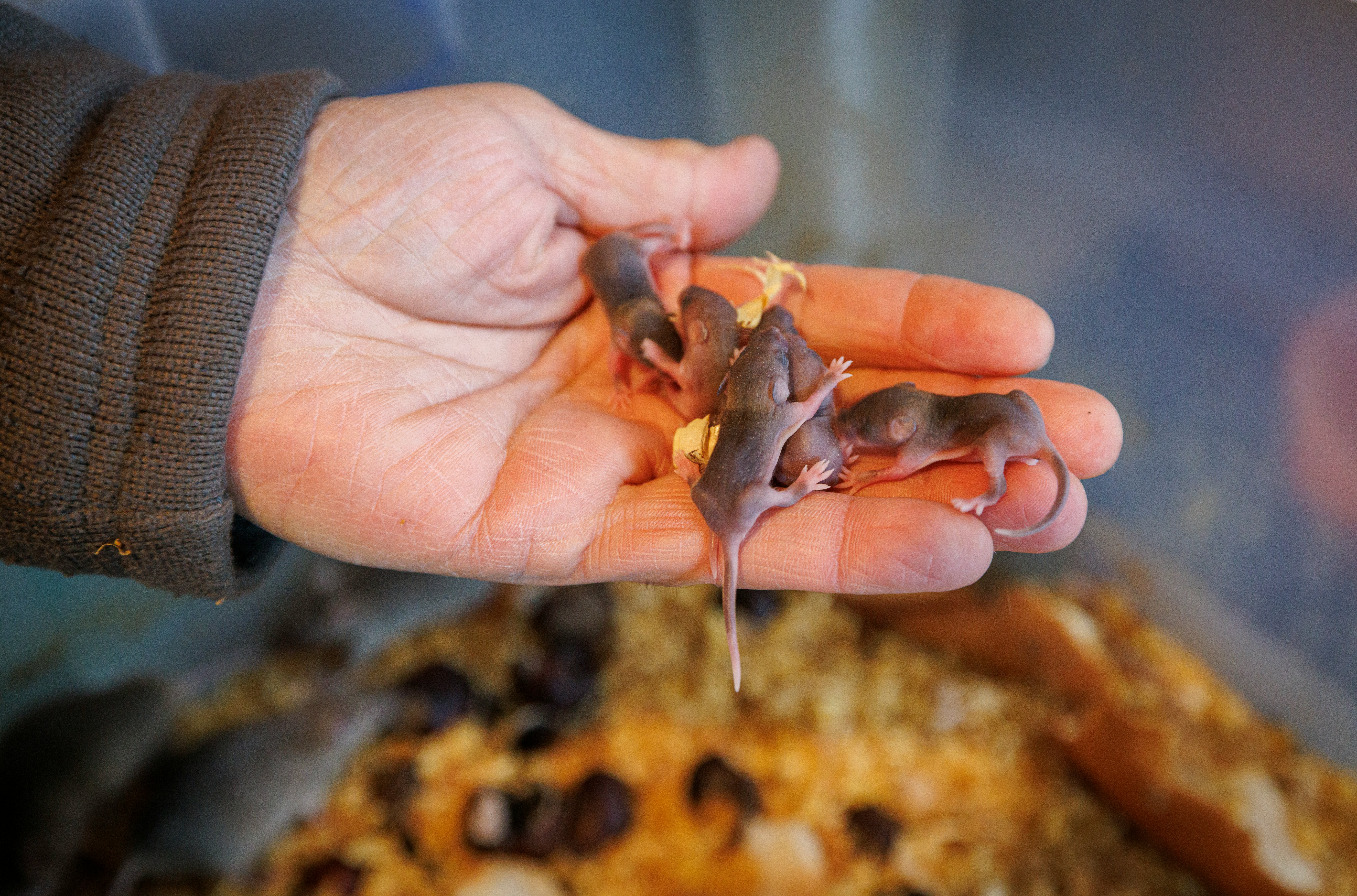
In a win for family medicine, a team of researchers in Japan produced seven mouse pups using cells from two biological fathers. A paper published in the journal Nature in March details a process known as “in vitro gametogenesis” (IVG), which involves genetically altering any type of animal cells into stem cells and then into egg or sperm cells.
In this case, the team used tail skin cells from a male mouse and turned them into stem cells. They then switched these cells’ genetic sex by dumping their Y chromosome and creating another X chromosome, which created eggs. Sperm from another male mouse fertilized these eggs, which then transferred into a surrogate female mouse’s uterus. The team transplanted 630 embryos made from these altered cells but produced only seven healthy, living pups. In the future, human same-sex couples could hopefully one day produce a child that’s biologically related to each parent.
7. Astronomers Spotted an Exoplanet That May Contain the Trappings for Life
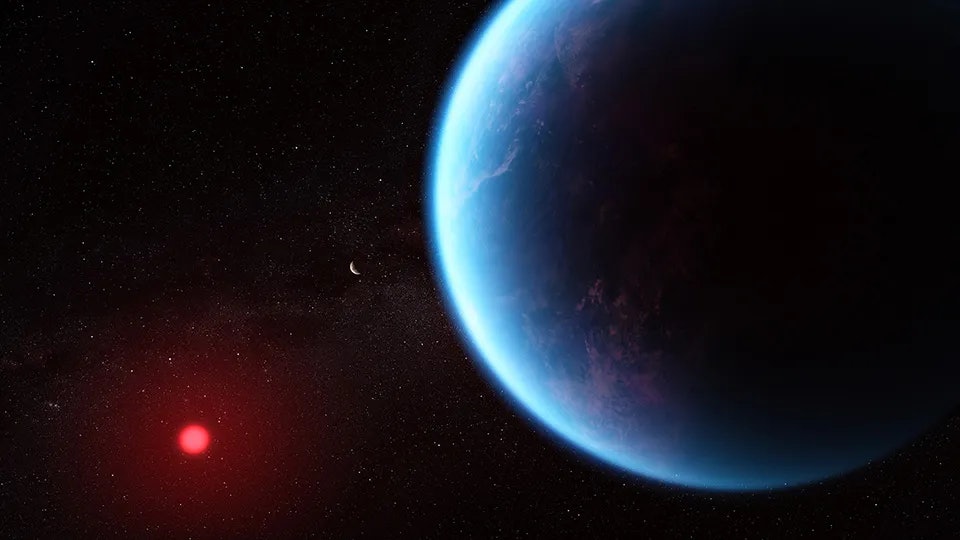
This past September, a team of astronomers, with the help of JWST of course, found a planet dubbed the oh-so-memorable K2-18b. It has an atmospheric chemical blend that denotes the presence of liquid water, a major ingredient needed for supporting life. They also sniffed out traces of the molecule dimethyl sulfide, which on Earth only comes from living things (though they still need more evidence of its presence).
Published in The Astrophysical Journal Letters in October, the paper refers to the search for habitable environments and biomarkers as “the holy grail of exoplanet science.” An immense world covered in liquid water with a mostly hydrogen atmosphere, K2-18b orbits the red dwarf star 120 light years from Earth. It could become the first Hycean (hydrogen + ocean) world ever discovered and the first instance of liquid water on a planet orbiting a star.
6. Now There’s Live, 3D-Printable Ink Made From Bacteria
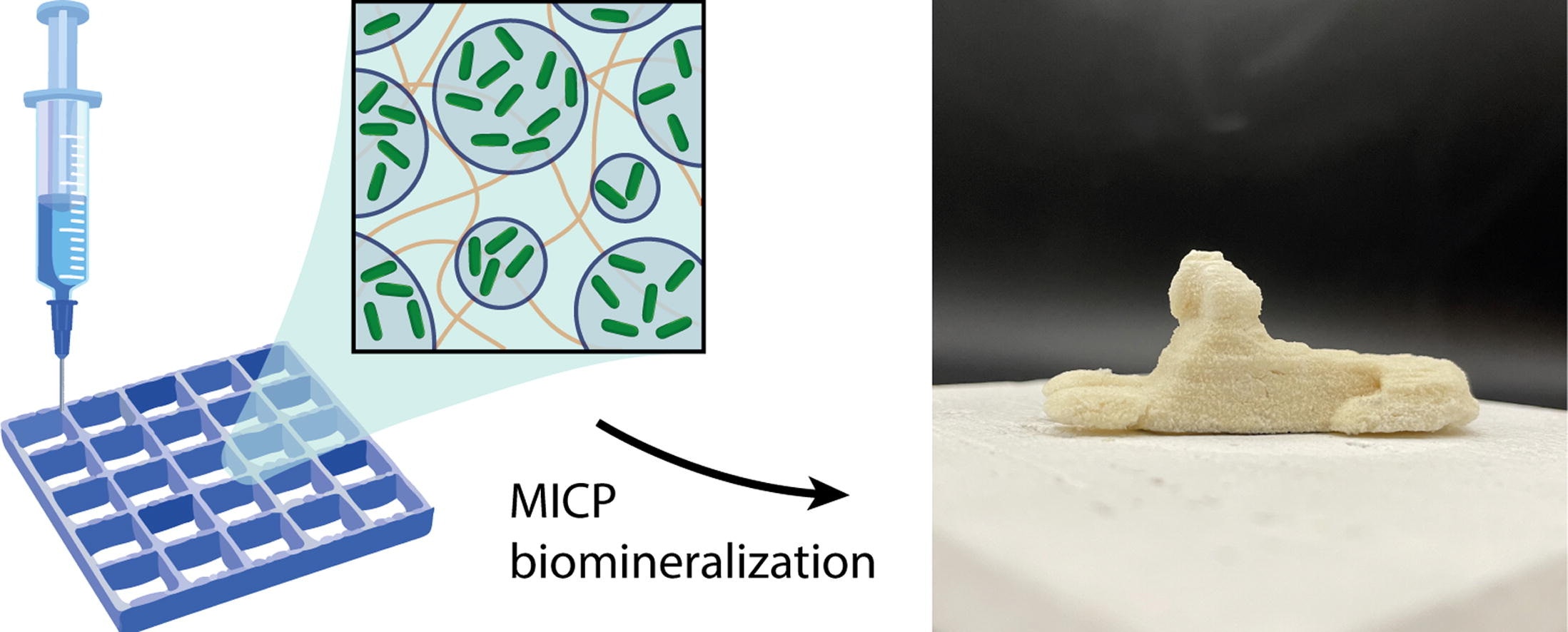
2023 brought us a method for 3D printing with an ink that contains living bacteria, called BactoInk. A paper published in February in the journal Materials Today details the process of printing a biocomposite filament that contains Sporosarcina pasteurii, which initiates mineralization when it makes contact with a solution containing urea, a waste by-product that many organisms create from breaking down amino acids. After a few days of mineralization, the ink hardens to calcium carbonate (CaCO3), a key substance in mollusk shells.
Designed by researchers at the Soft Materials Laboratory in the School of Engineering at Ecole Polytechnique Fédérale de Lausanne, energy-efficient BactoInk can 3D-print in nearly any structure that gradually hardens into CaCO3 over a few days, and it could aid in repairing broken mineral-based organic structures like coral reefs or even bone.
5. A Pig Organ Was Successfully Transplanted Into a Human Body
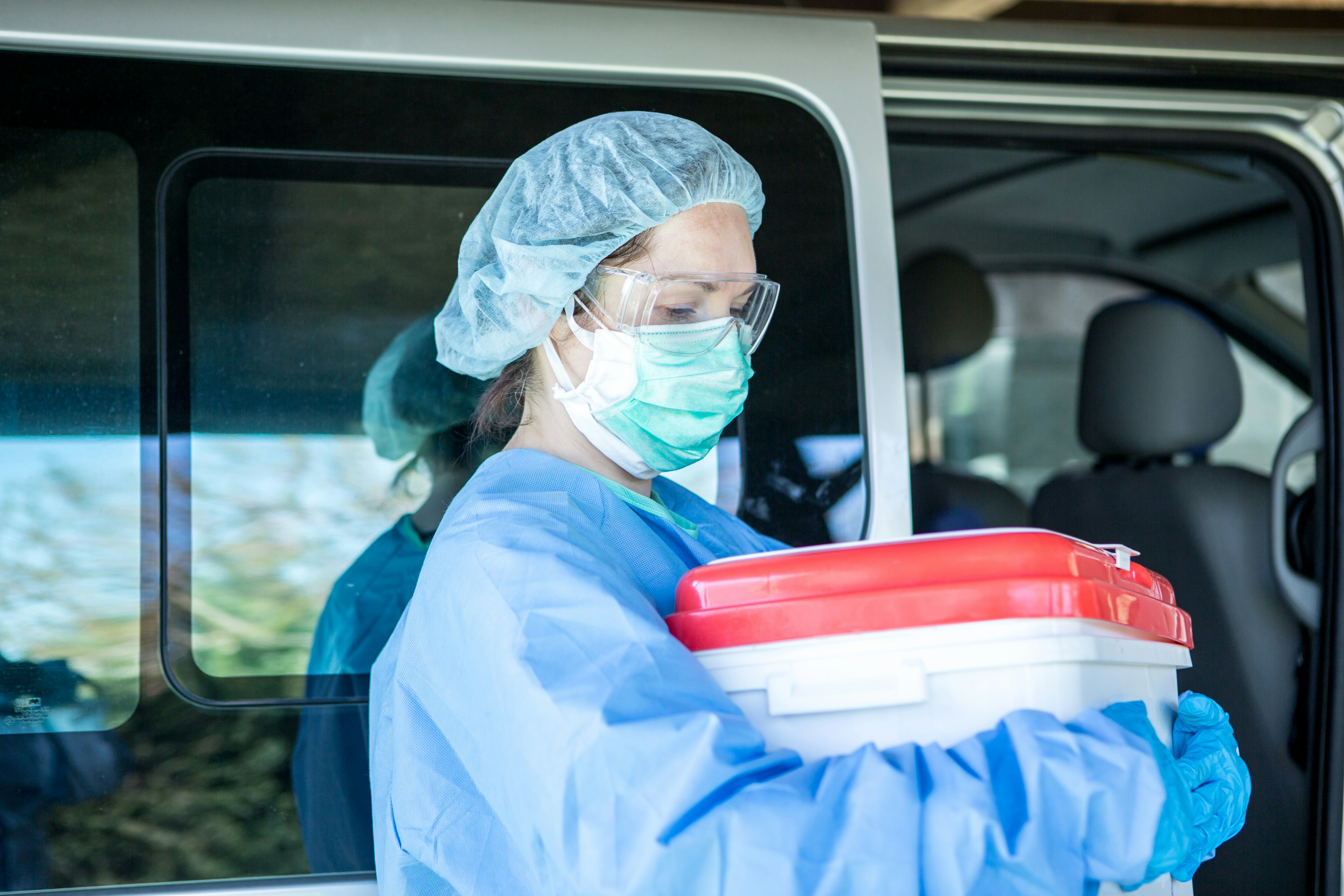
During the dog days of summer 2023, surgeons at New York University Langone Health transplanted a genetically modified pig kidney into a brain-dead patient as a proof-of-concept procedure called a xenotransplant. Not only was the kidney accepted, but it also functioned as well as a human kidney in the month after the surgery.
Foreign organs are a promising solution to the medical shortage that plagues those needing new livers, kidneys, and more. Through gene editing, scientists can modify animal organs to make them compatible with human bodies. In this case, the kidney came from a lineage of genetically altered swine that lacks “alpha-gal.” Because this sugar molecule can be found in many mammals except for humans, it can cause a human body to reject a nonhuman organ. This milestone represents a victory for the future of xenotransplantation.
4. A New Gene-Editing Therapy Could Transform High-Cholesterol Treatment

Statins have long been the prescribed treatment for familial hypercholesterolemia, a condition that increases individuals’ risk for heart disease and early death. But they are far from perfect. The daily medication comes with an increased risk of stroke and diabetes, as well as other side effects like headaches and nausea. A new gene therapy presented this past November at the annual American Heart Association meeting could supplant statins.
The therapy entails an updated version of CRISPR called base editing, which removes small components of DNA strands rather than breaking the entire strand. The treatment, called VERVE-101, is an infusion that targets a gene in liver cells called PCSK9 that controls “bad” low-density lipoprotein (LDL) cholesterol in the blood. VERVE-101 instructs liver cells to manufacture an ineffective version of this gene, lowering those “bad” cholesterol levels.
In a small clinical trial of 10 people, those who received the highest dosages of VERVE-101 saw their “bad” cholesterol fall between 39 and 55 percent. VERVE-101 is still in Phase 1 clinical trials, so it will be a few years before we can see it approved by the FDA, and that’s if everything goes well.
3. A Tiny Number From a Tiny Particle Could Upend the Standard Model of Physics
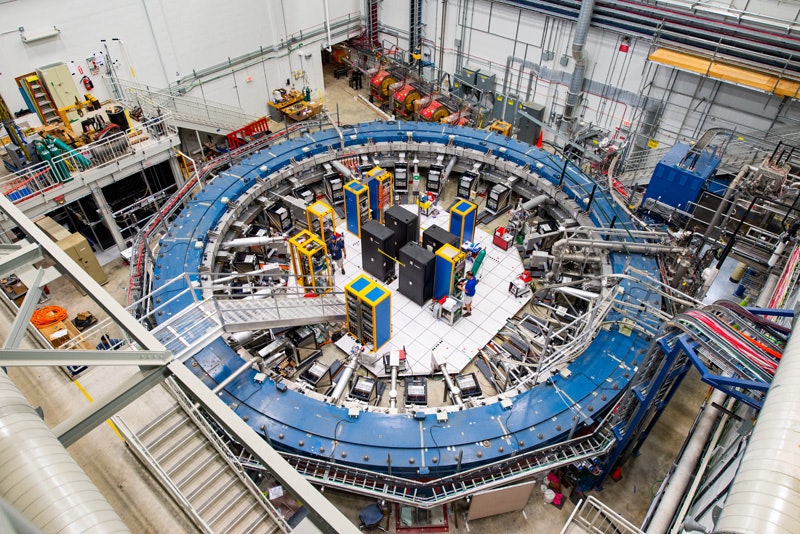
This past August, researchers at the Fermi National Accelerator Laboratory announced that they measured the wobble of a muon, a negatively charged subatomic particle that throws a wrench in everything we think we know about particle physics, also known as the Standard Model. According to the Standard Model, muons in magnetic fields should wobble, like a spinning top’s axis, at a certain speed — and yet they don’t, indicating that the model may lack some crucial information.
A muon’s wobble is determined by the particle’s magnetic moment or how muons align with magnetic fields. Theoretically, the magnetic moment, represented as g, should be 2. However, experiments yield another figure entirely. The new measurement comes to 0.00233184110, which physicists simply call “g-2.” This experimental gulf between g and g-2 can put the Standard Model through a crucible.
2. This Man Received the First Ever Whole-Eye and Partial-Face Transplant
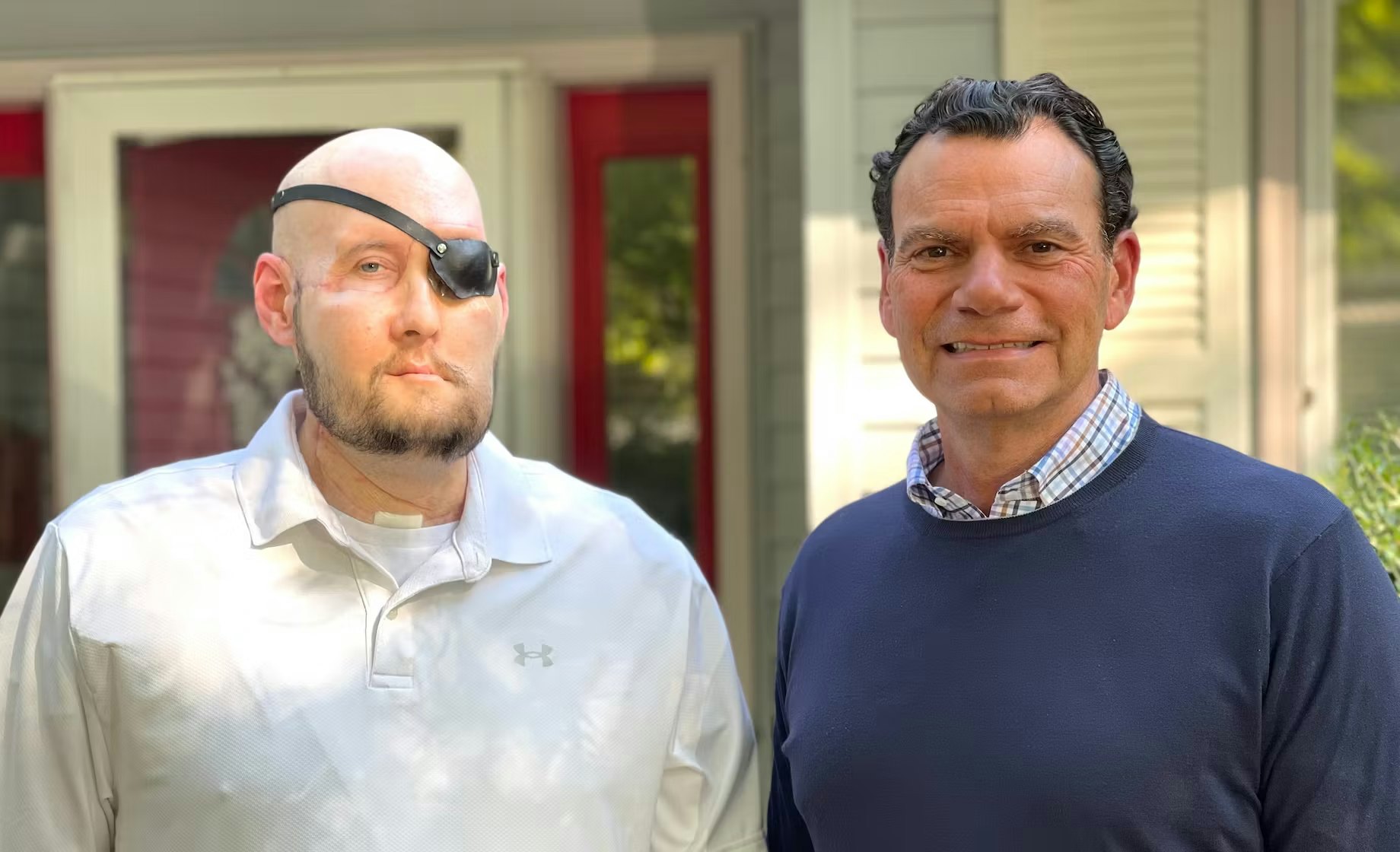
Finally, in May, surgeons at NYU Langone Health successfully performed the first whole-eye and partial-face transplant on a 46-year-old military veteran and high-voltage power lineman named Aaron James. Two years earlier, James suffered a 7,200-volt shock to his face when a live wire touched his skin.
The surgery lasted 21 hours and involved 140 healthcare professionals, and while it’s uncertain whether the transplanted eye will gain sight, normal direct flow to the retina suggests it’s healthy. Today, James can also speak and eat normally again, and this breakthrough surgery brings new transplant possibilities to millions.
1. Nuclear Fusion Is — Finally — in Its Ignition Era

Almost a year ago, scientists at the National Ignition Facility (NIF) achieved something decades in the making: They attained a gain of 1, a controlled fusion reaction that produces more energy than it puts in. If that was the crowning achievement for physics in 2022, then 2023’s pinnacle was subtle, though undeniably more consequential. Over the course of this year, the NIF has officially reproduced this gain three times, ensuring that the late-breaking, end-of-2022 triumph would enable perhaps physics’ most influential year yet: the year of fusion energy.







